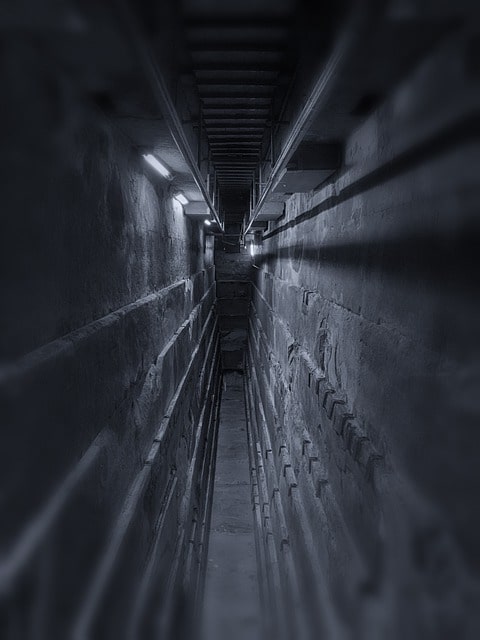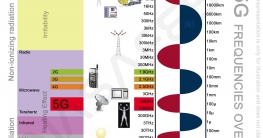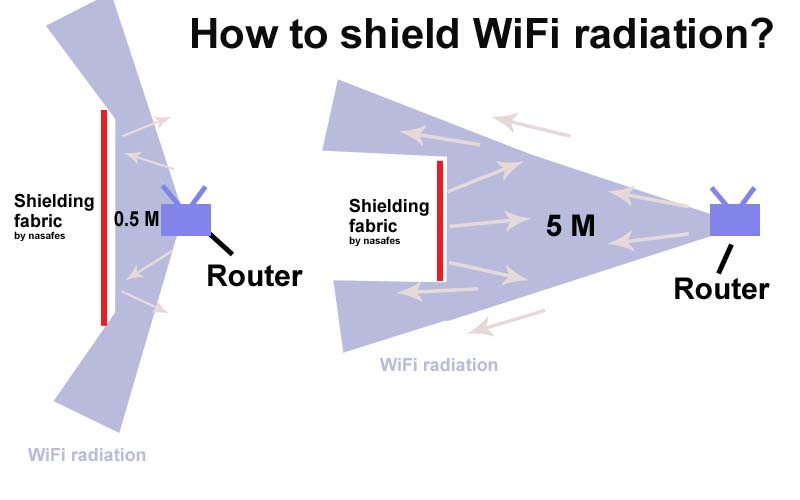Radiation in the pyramids of Giza
An international team of scientists have conducted a theoretical study using an advanced imaging technique to look inside Egypt’s Great Pyramid of Giza. They found that the pyramid might be able to focus electromagnetic radiation inside its internal chambers and under its base. The scientists plan to use their results in technological applications. Two possibilities are to create effective solar cells and nanosensors.
Natural phenomenon or higher technology?
There has long been speculation as to the function of Egypt’s pyramids. Why were they created? It has been difficult to find definitive answers. Scientists working on the ScanPyramids project have scanned the Great Pyramid to try to unlock some of its secrets.
A moun study previously done there had made a surprising discovery. Muons are subatomic particles of cosmic radiation. They can be used to investigate large objects by looking for differences in the muon flux coming through it. The technique allows scientists to look inside large structures without drilling or damaging the structure.
 At the time the team first assumed there weren’t any unknown chambers inside the Great Pyramid. They found that the stone in the pyramid absorbs the muons. Open spaces such as cavities let the muons pass through. The moun study identified a previously unknown chamber within the pyramid.
At the time the team first assumed there weren’t any unknown chambers inside the Great Pyramid. They found that the stone in the pyramid absorbs the muons. Open spaces such as cavities let the muons pass through. The moun study identified a previously unknown chamber within the pyramid.
The huge space is located above the Grand Gallery, deep within the structure. It’s believed to be about the same size. It’s not known how the newly discovered chamber might have been used. The scientists involved in the study have asked archeologists who specialize in ancient Egyptian architecture to determine the answer.
Now the scientists wanted to see how the Great Pyramid would respond to electromagnetic radiation, which includes radio waves, microwaves and infrared, visible light, ultraviolet light, X-rays and gamma rays. The goal was to recreate its shape at a nanoscale. A numerical model was created to simulate the behavior of radio wave lengths from 200-600 m as they passed through a virtual pyramid. They found that this range of wavelengths brought about resonance in the pyramid.
Mysterious technology
Here the structure scatters and absorbs more energy from electromagnetic waves than in ordinary conditions. This meant that electromagnetic energy could be concentrated inside the chambers and underneath the structure. Questions have arisen about the pyramid’s possible ability to focus electromagnetic energy. Is this a natural phenomenon or some type of mysterious technology that we still don’t understand?





